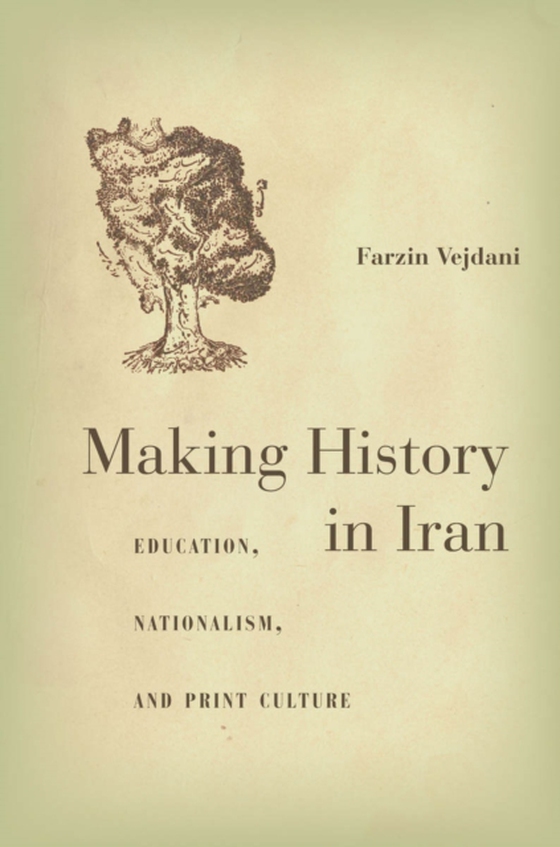
Making History in Iran e-bog
619,55 DKK
(inkl. moms 774,44 DKK)
Iranian history was long told through a variety of stories and legend, tribal lore and genealogies, and tales of the prophets. But in the late nineteenth century, new institutions emerged to produce and circulate a coherent history that fundamentally reshaped these fragmented narratives and dynastic storylines. Farzin Vejdani investigates this transformation to show how cultural institutions an...
E-bog
619,55 DKK
Forlag
Stanford University Press
Udgivet
5 november 2014
Længde
288 sider
Genrer
1FBN
Sprog
English
Format
epub
Beskyttelse
LCP
ISBN
9780804792813
Iranian history was long told through a variety of stories and legend, tribal lore and genealogies, and tales of the prophets. But in the late nineteenth century, new institutions emerged to produce and circulate a coherent history that fundamentally reshaped these fragmented narratives and dynastic storylines. Farzin Vejdani investigates this transformation to show how cultural institutions and a growing public-sphere affected history-writing, and how in turn this writing defined Iranian nationalism. Interactions between the state and a cross-section of Iranian society-scholars, schoolteachers, students, intellectuals, feminists, and poets-were crucial in shaping a new understanding of nation and history.This enlightening book draws on previously unexamined primary sources-including histories, school curricula, pedagogical materials, periodicals, and memoirs-to demonstrate how the social locations of historians writ broadly influenced their interpretations of the past. The relative autonomy of these historians had a direct bearing on whether history upheld the status quo or became an instrument for radical change, and the writing of history became central to debates on social and political reform, the role of women in society, and the criteria for citizenship and nationality. Ultimately, this book traces how contending visions of Iranian history were increasingly unified as a centralized Iranian state emerged in the early twentieth century.
 Dansk
Dansk

